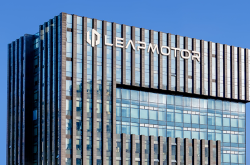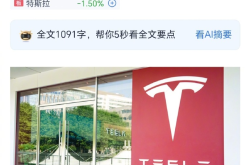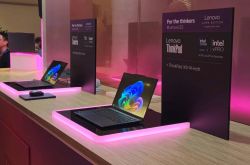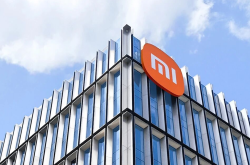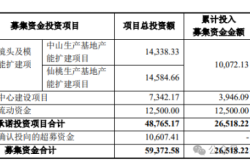Net Profit Skyrockets 25%! Lenovo's Stellar Performance—Is AI PC Merely Scratching the Surface?
![]() 11/20 2025
11/20 2025
![]() 423
423
On November 20, Lenovo unveiled its financial results for the second quarter of FY 2025/26. The revenue soared to RMB 146.4 billion, marking a 15% year-over-year (YoY) increase and setting a new record for a single quarter. The adjusted net profit reached RMB 3.66 billion, up 25% YoY, with profit growth significantly outstripping revenue growth. All three major business segments—Intelligent Devices Group (IDG), Infrastructure Solutions Group (ISG), and Solutions and Services Group (SSG)—achieved double-digit growth.
Notably, the IDG segment, which directly caters to consumers, reported quarterly revenue exceeding RMB 108.1 billion, a 12% YoY increase. The primary drivers behind this growth were the robust performance of Lenovo's PC and smartphone businesses. Motorola smartphone shipments hit a 10-year high, while Lenovo's PC market share surpassed 25% for the first time, solidifying its global leadership.
However, focusing solely on these surface-level figures would mean overlooking Lenovo's true emphasis this quarter—AI has emerged as the most pivotal growth driver. Over the past few years, the industry has repeatedly touted that "AI PCs/smartphones will fuel the next replacement cycle." While doubts lingered about the sustainability of this trend, Lenovo's results offer a definitive answer:
AI is not the next big thing—it's the present.
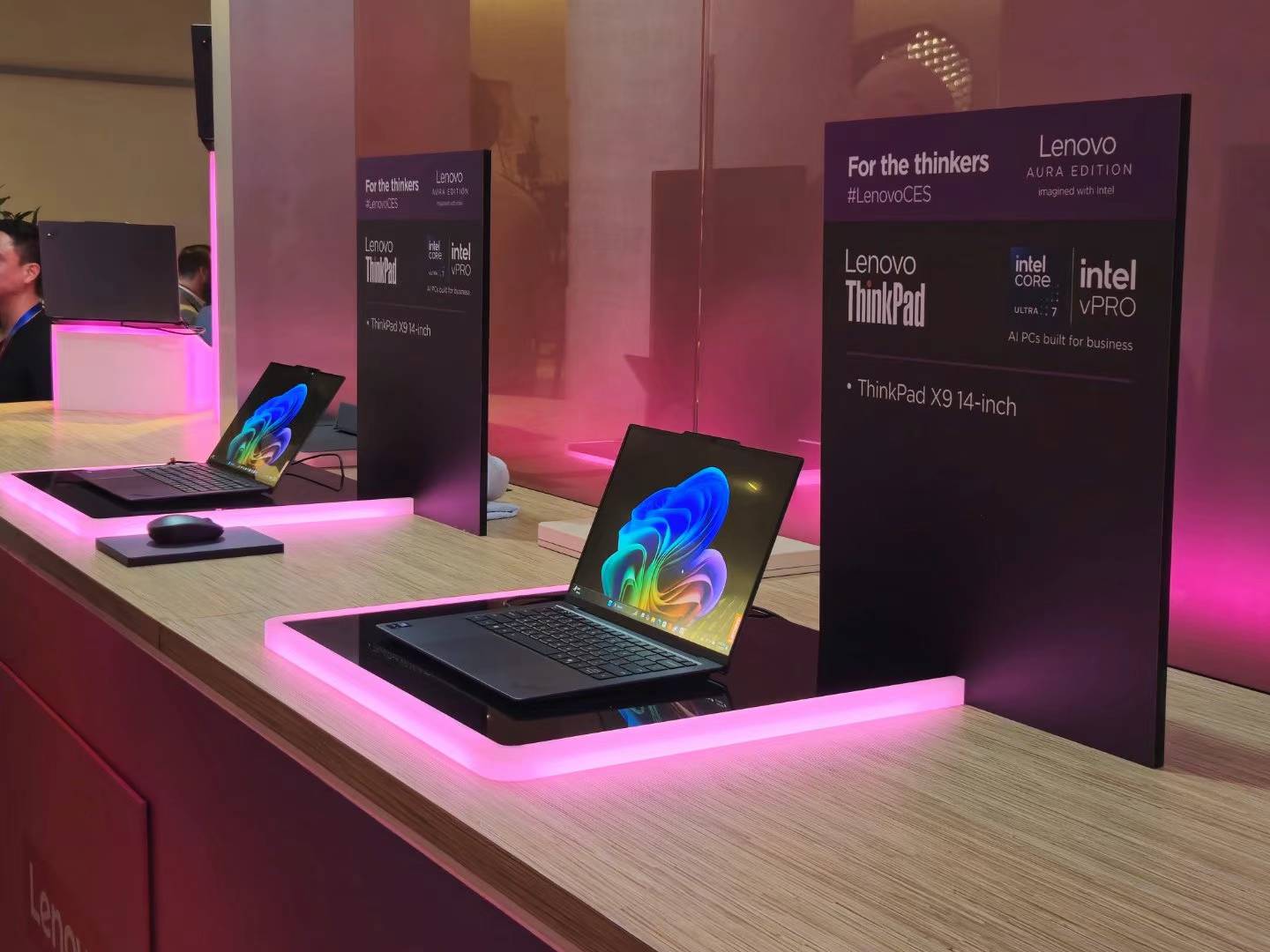
Image source: Leitech
According to the financial report, AI-related revenue accounted for 30% of Lenovo's total revenue, a 13% YoY increase. Within the IDG segment, AI-powered end-user devices contributed 36% of revenue, marking a 17-percentage-point YoY increase. Specifically, in China, AI PCs made up 30% of notebook shipments, while globally, Lenovo secured a 31.1% share of the Windows AI PC market.
These shipment figures indicate that consumers are already embracing AI PCs on a large scale. More importantly, Lenovo's narrative clarifies that AI's core transformation of end-user devices lies in turning them into continuously evolving "personal intelligent gateways." When PCs integrate AI capabilities and personal data, upgrades are no longer just about "buying a new computer/smartphone" but about "adopting a new personal intelligent system."
In this context, Motorola's role becomes even more crucial. While the smartphone business's highlight this quarter was primarily revenue growth, from Lenovo's "integrated multi-device" strategy perspective, Moto smartphones are not merely about completing the mobile ecosystem but also serve as a key node in constructing Lenovo's "personal super-intelligent agent."

Image source: Leitech
Shifting the focus from end-user devices to the enterprise side, AI's dominance remains evident. ISG revenue grew by 24% this quarter, with AI server revenue achieving strong double-digit growth and the liquid cooling business surging by 154% YoY. SSG maintained double-digit growth for 18 consecutive quarters, with an operating margin exceeding 22%, and AI service revenue growing at a triple-digit rate this quarter.
Unsurprisingly, the era of "hundred-model battles" has concluded, and applications are now the true focus as the global AI landscape shifts from "training" to "inference." From servers to storage, cold-plate liquid cooling to phase-change immersion cooling, and industry-specific solutions, Lenovo has been positioning itself to dominate infrastructure access in the inference era through its "hybrid AI" approach. This business is not merely about "selling servers" but centers on solution-based services tied to long-term demand.
In fact, when viewing these three business lines together, they converge on a single strategy: Lenovo is clearly betting its future on integrated end-to-cloud hybrid AI rather than focusing on a single product or device form. Lenovo also disclosed plans to launch a "personal super-intelligent agent" globally in January next year, designed to enable end-user devices to:
"Hear what you hear, see what you see, remember what you experience, think what you think, and do what you wish."
In essence, Lenovo aims to upgrade end-user devices from "user devices" to "user personal super-intelligent agents." The long-term competitive implications for device manufacturers may be more profound than any single quarter's market share.

